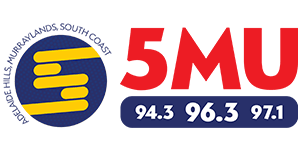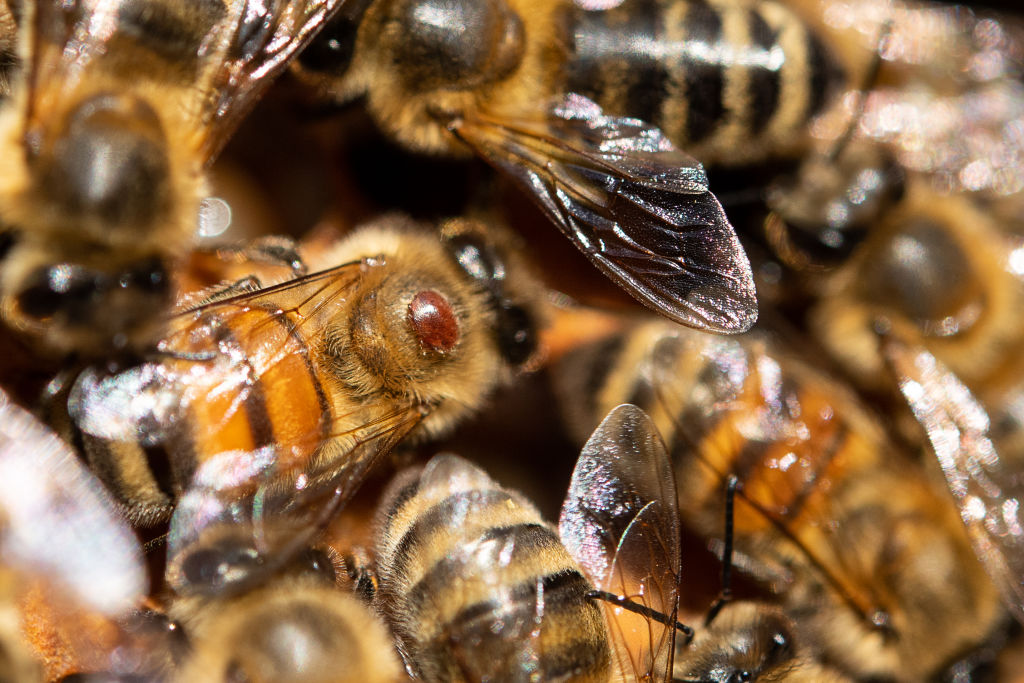The Department of Primary Industries and Regions (PIRSA) is urging beekeepers within 25 kilometres of Salt Creek in the Coorong to come forward after a varroa mite was detected in a local hive.
The pest was discovered during routine surveillance by a South Australian beekeeper, with the sample later confirmed by an entomologist from the South Australian Research and Development Institute (SARDI). This is the second varroa mite detection in the state, following a September outbreak at Pooginook in the Riverland.
PIRSA is working with the beekeeper and other nearby operators to carry out additional surveillance, deploy treatments such as acaricides and sticky mats, and slow the spread of the mite. A movement control has been applied to the affected apiary to prevent the transfer of bees, hives, and equipment.
Beekeepers who currently have, or have had hives in the area since mid-October, are asked to contact PIRSA’s Biosecurity Apiary Unit at pirsa.beebiosecurity@sa.gov.au. The department also reminds all South Australian beekeepers to inspect their hives regularly, report any suspected detections via the Exotic Plant Pest Hotline on 1800 084 881, and ensure they are registered with PIRSA for updates.
Chief Veterinary Officer Dr Skye Fruean says the detection was expected, but swift reporting allows for a faster response.
“Beekeepers have a crucial role to play – by monitoring their hives, reporting any suspect detections, and following PIRSA advice,” Dr Fruean said.
Since 2022, varroa mite has become established in New South Wales, Victoria, Queensland, and the ACT. PIRSA continues to provide free support, including access to Varroa Development Officers, training sessions, and practical tools to help beekeepers manage the pest while protecting the state’s agriculture and horticulture industries.
Further information, including resources for hive monitoring and details on the Varroa Development Officer team, is available at www.pir.sa.gov.au/varroa.









